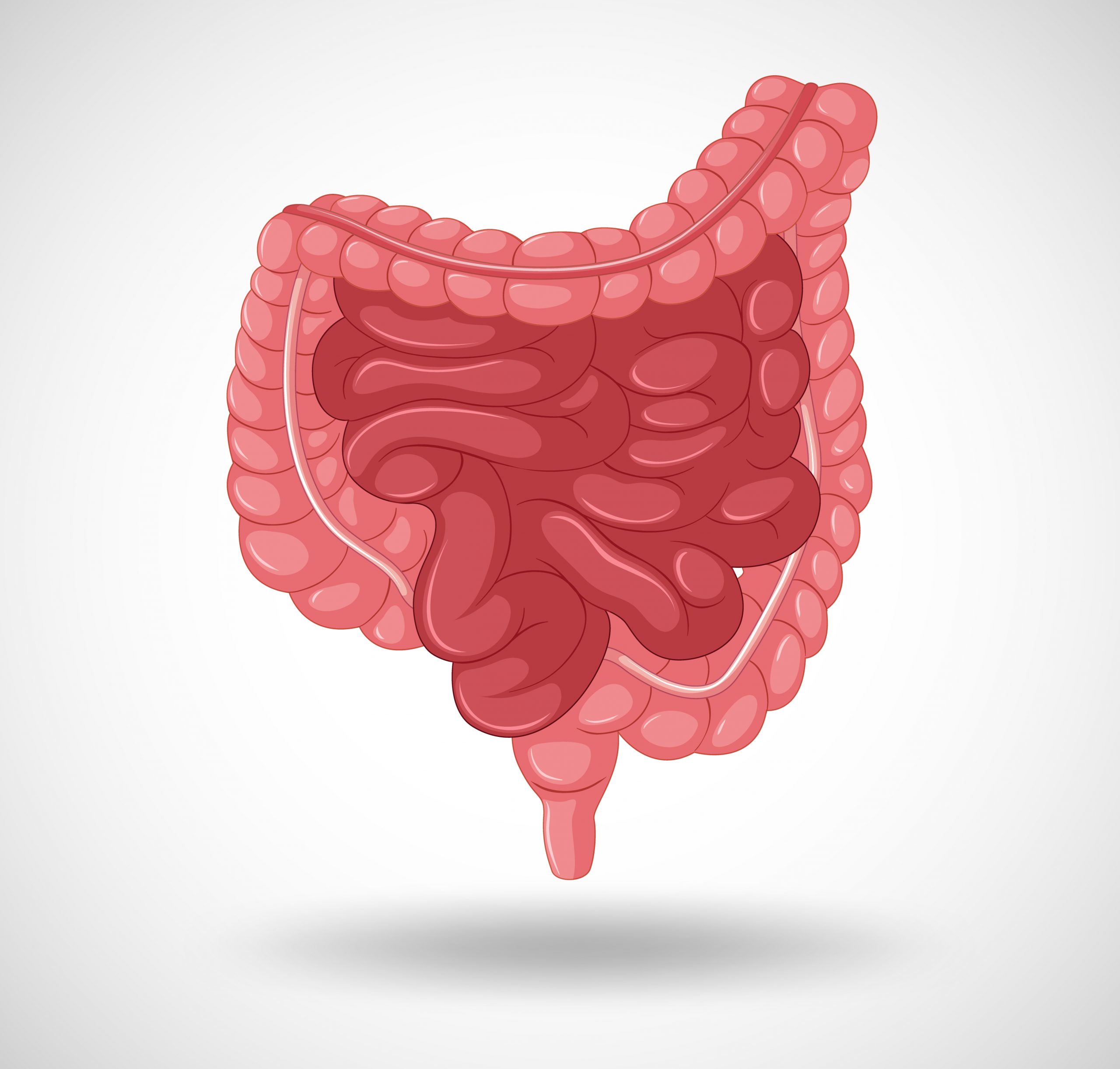

According to a new study from the University of British Columbia (UBC) and BC Children’s Hospital, the sugar sialic acid, which is found in the protective intestinal mucus layer, feeds disease-causing Pathogenic bacteria in the stomach.
The findings, published in the journal PNAS, point to a possible treatment target for intestinal bacterial infections as well as a variety of chronic disorders associated to gut flora, such as inflammatory bowel disease (IBD), celiac disease, irritable bowel syndrome, and short bowel syndrome.
“Bacteria need to find a place in our intestines to take hold, establish and expand, and then they need to overcome all the different defenses that normally protect our gut,” says Dr. Bruce Vallance, a professor in the department of pediatrics at UBC and investigator at BC Children’s Hospital. “In the future, we can potentially target this sugar, or how pathogens sense it, to prevent clinically important disease.”
Inflammatory illnesses like IBD are becoming increasingly common in youngsters, and their underdeveloped immune systems make them more vulnerable to gut bacterial infections. Dr. Vallance and his colleagues, who included main author and UBC graduate student Qiaochu Liang and UBC research associate Dr. Hongbing Yu, wanted to know what allows these pathogenic bacteria to live and spread inside our intestines.
Citrobacter rodentium, a mouse intestine pathogenic bacteria used to imitate infections with human E. coli, was studied for the study. The researchers discovered that the bacteria have genes involved in sialic acid consumption, and that removing these genes impairs the colony’s growth.
Further analysis indicated that when the bacteria consumed the carbohydrates, they developed two specific virulence proteins that allowed them to breach the colonic mucus layer and adhere to the underlying epithelial cells. The findings show how bacteria can alter over time and worsen disease.
“You start off with IBD, your microbes change, they start digging their way into the cells lining your gut, causing more inflammation, and that may be one reason why IBD becomes chronic,” says Dr. Vallance. “Specific nutrients such as sialic acid or other sugars might be Achilles heels for them in terms of things you could target to remove dangerous bacteria from the intestine.”
Dr. Vallance and his colleagues are currently investigating the role of different carbohydrates in the stomach in feeding pathogenic bacteria. They’re also seeking for resident healthy bacteria (probiotics) that can outcompete the hazardous bacteria and grab their carbohydrates.
They also intend to investigate possible connections between resident and harmful bacteria. Because pathogenic bacteria cannot get glucose on their own, certain ordinarily harmless resident bacteria must function as accomplices.
“Basically, these accomplices cut the sugar off the mucus, and then either they hand it to the dangerous bacteria or the dangerous bacteria have come up with a way of stealing it from them,” he explains.
A deeper knowledge of these interactions could lead to novel approaches to inhibit dangerous microorganisms, which Dr. Vallance believes is desperately required.
“In the past, our ancestors were constantly assaulted by dangerous bacteria,” says Dr. Vallance. “With the advent of more and more antibiotic resistance in bacteria, these bacterial infections are going to become a growing problem again. Without new antibiotics, we need to come up with novel ways to fight these bacteria, like starving them.”
more recommended stories
 Urine-Based microRNA Aging Clock Predicts Biological Age
Urine-Based microRNA Aging Clock Predicts Biological AgeKey Takeaways (Quick Summary) Researchers developed.
 Circadian Control of Neutrophils in Myocardial Infarction
Circadian Control of Neutrophils in Myocardial InfarctionKey Takeaways for HCPs Neutrophil activity.
 E-Cigarette Use and Heart Attack Risk in Former Smokers
E-Cigarette Use and Heart Attack Risk in Former SmokersKey Takeaways for Clinicians and Nurses.
 36-Week Pre-eclampsia Screening May Reduce Term Risk
36-Week Pre-eclampsia Screening May Reduce Term RiskA New Preventive Strategy for Term.
 Cardiovascular Risk and Sudden Cardiac Death in Diabetes
Cardiovascular Risk and Sudden Cardiac Death in DiabetesRising Sudden Cardiac Death (SCD) Risk.
 Poor Kidney Function and Alzheimer’s Biomarkers Explained
Poor Kidney Function and Alzheimer’s Biomarkers ExplainedPoor kidney function may influence levels.
 Walking Speed Before Hip Replacement Predicts Recovery
Walking Speed Before Hip Replacement Predicts RecoveryNew Evidence Points to a Simple,.
 Neuroblastoma Drug Combo Extends Survival in Models
Neuroblastoma Drug Combo Extends Survival in ModelsA Promising Shift in High-Risk Neuroblastoma.
 How Soybean Oil Impacts Weight Gain and Metabolism
How Soybean Oil Impacts Weight Gain and MetabolismWhy Soybean Oil May Affect Metabolism.
 Coffee and Cognitive Function: Evidence Review
Coffee and Cognitive Function: Evidence ReviewA new narrative review in Cureus.

Leave a Comment